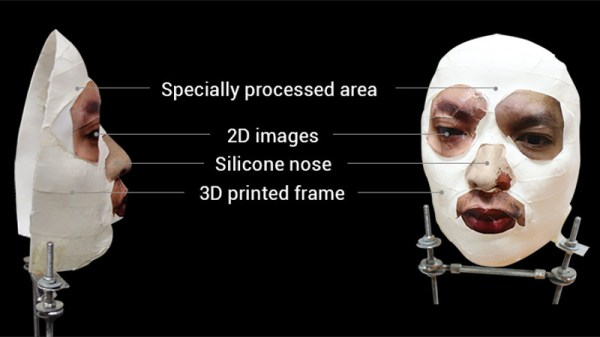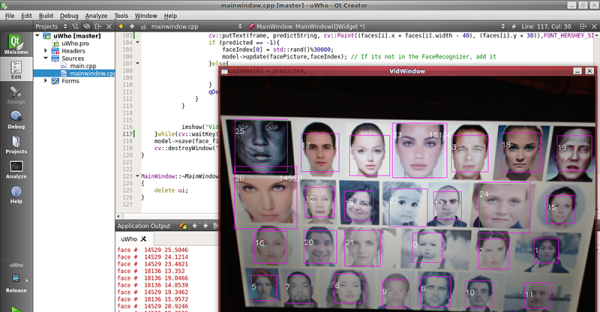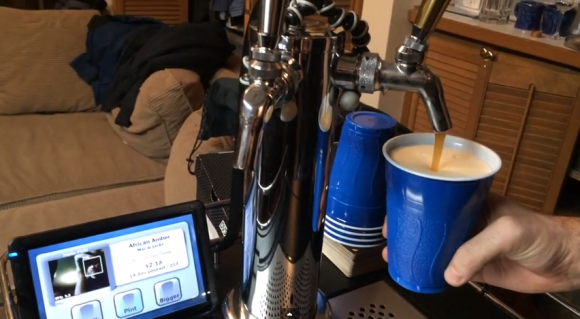Information about this one is still tricking in, so take it with a grain of salt, but security company [Bkav] is claiming they have defeated the Face ID system featured in Apple’s iPhone X [Dead link, try the Internet Archive]. By combining 2D images and 3D scans of the owner’s face, [Bkav] has come up with a rather nightmarish creation that apparently fools the iPhone into believing it’s the actual owner. Few details have been released so far, but a YouTube video recently uploaded by the company does look fairly convincing.
For those who may not be keeping up with this sort of thing, Face ID is advertised as an improvement over previous face-matching identification systems (like the one baked into Android) by using two cameras and a projected IR pattern to perform a fast 3D scan of the face looking at the screen. Incidentally, this is very similar to how Microsoft’s Kinect works. While a 2D system can be fooled by a high quality photograph, a 3D based system would reject it as the face would have no depth.
[Bkav] is certainly not the first group to try and con Apple’s latest fondle-slab into letting them in. Wired went through a Herculean amount of effort in their attempt earlier in the month, only to get no farther than if they had just put a printed out picture of the victim in front of the camera. Details on how [Bkav] managed to succeed are fairly light, essentially boiling down to their claim that they are simply more knowledgeable about the finer points of face recognition than their competitors. Until more details are released, skepticism is probably warranted.
Still, even if their method is shown to be real and effective in the wild, it does have the rather large downside of requiring a 3D scan of the victim’s face. We’re not sure how an attacker is going to get a clean scan of someone without their consent or knowledge, but with the amount of information being collected and stored about the average consumer anymore, it’s perhaps not outside the realm of possibility in the coming years.
Since the dystopian future of face-stealing technology seems to be upon us, you might as well bone up on the subject so you don’t get left behind.
Thanks to [Bubsey Ubsey] for the tip.
Continue reading “Face ID Defeated With 3D Printed Mask (Maybe)”




 Kegerator ownership is awesome, but it has its downsides. It’s hard to keep track of who drank what without cans or bottles to count. [Phil] was looking for a good solution to this problem when it came to sharing beer with his roommates and friends and has just completed
Kegerator ownership is awesome, but it has its downsides. It’s hard to keep track of who drank what without cans or bottles to count. [Phil] was looking for a good solution to this problem when it came to sharing beer with his roommates and friends and has just completed 











